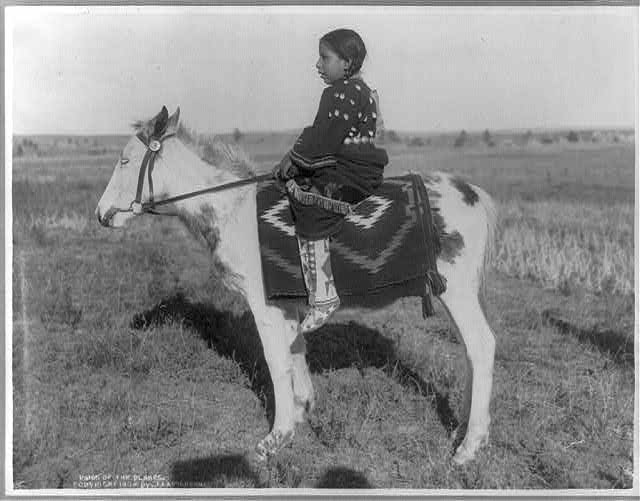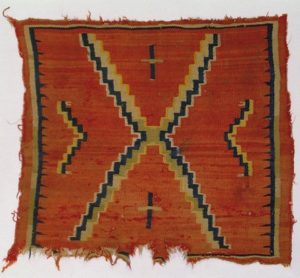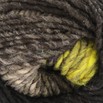A moment in time captured 1900; the resulting portrait kept by the Library of Congress, with a mission to make its resources “available and useful to the Congress and the American people and to sustain and preserve a universal collection of knowledge and creativity for future generations.” Knowledge and creativity. The photographer, J.A. Anderson, titled this “Pride of the Plains” but look for yourself at the detail this image contains. The patient equine looks like a foal not a grown horse, and is likely an Appaloosa judging by the tail – but that is only a guess.  The shirt worn by this young girl has beautiful cowrie shells sewn on. There is added detail at the wrist of the sleeve; a fringe at the bottom of the garment. A silver concho belt cinches her waist; her leggings and footwear seem to be made with great care and artistry. (For an example of a woman’s dress embellished with cowries in the Nebraska State Historical Society holdings, see this link.) The color combinations of the woven blanket can only be guessed at – it is a truly stunning work that can be viewed only in shades of gray, white, blacks. The timeless rhythms of nature remain constant however; then and now. Knitting Noro yarns in new ways is an absorbing pursuit; the dedicated effort resulted in a quartet of sweaters. Weaving in ends (and there are many) must be done.
The shirt worn by this young girl has beautiful cowrie shells sewn on. There is added detail at the wrist of the sleeve; a fringe at the bottom of the garment. A silver concho belt cinches her waist; her leggings and footwear seem to be made with great care and artistry. (For an example of a woman’s dress embellished with cowries in the Nebraska State Historical Society holdings, see this link.) The color combinations of the woven blanket can only be guessed at – it is a truly stunning work that can be viewed only in shades of gray, white, blacks. The timeless rhythms of nature remain constant however; then and now. Knitting Noro yarns in new ways is an absorbing pursuit; the dedicated effort resulted in a quartet of sweaters. Weaving in ends (and there are many) must be done.

Not the same as the one shown in the photograph, but so evocative as human-made woven artistry. Notice the wear patterns on this Navajo saddle blanket, New Mexico, 1880–1900. Courtesy Museum of Indian Arts and Culture/Laboratory of Anthropology, Museum of New Mexico via Chipstone gallery.
Time travel is possible when looking at photographs held safe and shared in a wondrous ditigal technology that allows research from around the earth teeming with humanity. It wasn’t always that way. One textile treasure – the fiber clean, spun, dyed, woven and used in real life – the hues now softened by time – part of the collections of the Museum of Indian Arts and Culture, Museum of New Mexico.
 The scent of the earth is full bodied, rich with the ripening fruits, nuts, grains – field, forest, farm. Fresh-cut grass and a field of newly-mown hay are two of the most potent aromas for humans. Working with wool and the fragrance of yarn, fiber, textiles, seeing a work grow and come into being?
The scent of the earth is full bodied, rich with the ripening fruits, nuts, grains – field, forest, farm. Fresh-cut grass and a field of newly-mown hay are two of the most potent aromas for humans. Working with wool and the fragrance of yarn, fiber, textiles, seeing a work grow and come into being?
Timeless.
